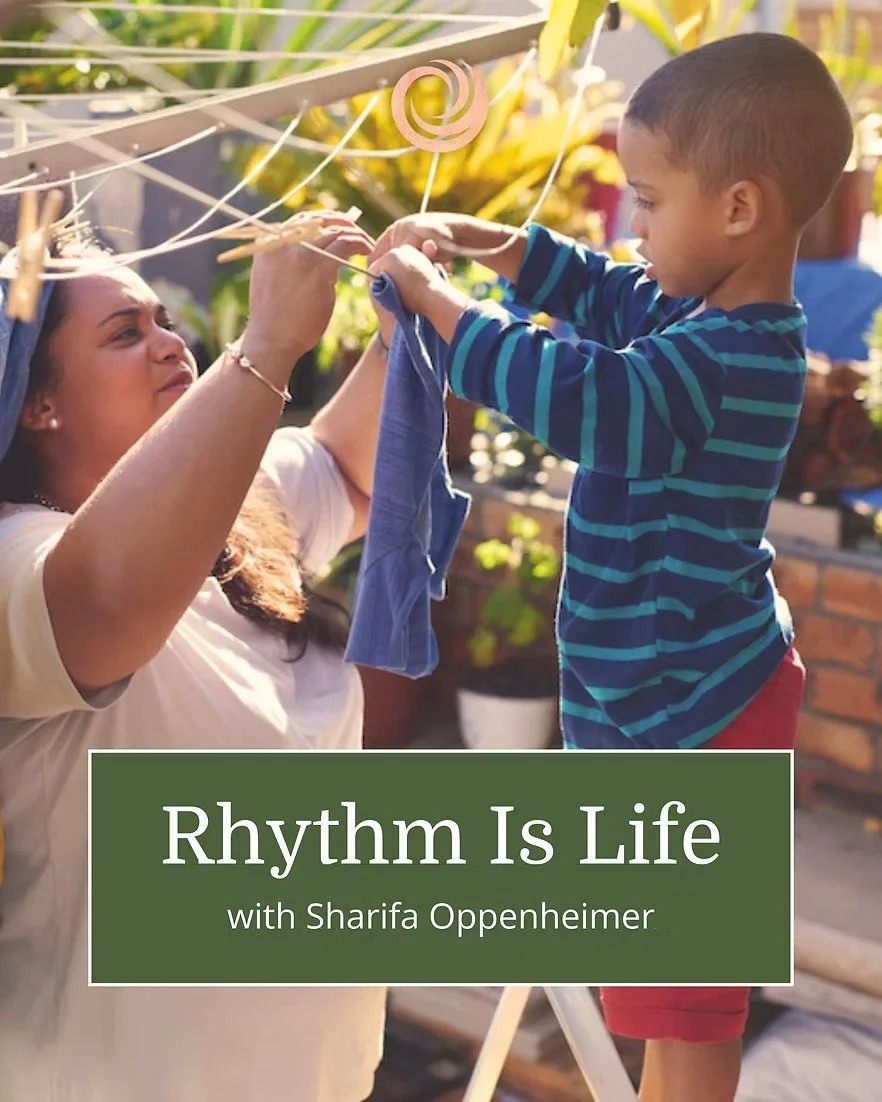There are many winter stories from various traditions and cultures, especially within our temperate climate, which use the images of light being born out of darkness. For me the telling of these stories is a way to wrest the deep spiritual significance of the cyclic transformation of light, and its corollary importance in the human soul, from the societal marketers and money magicians. These stories image the transformation of consciousness, beginning with the story of the mineral kingdom in the crystalline formation of the snowflakes, moving through the plant kingdom, with the story of the little fig tree, and on to the animal kingdom in the story of the birds, and the animals’ speech. The final one is the transformation of our humanity, the story of the “child of light.” , In each story, we see the central figure take a step in evolution; we see something brand-new appear. I have been told these stories come from an ancient medieval tradition. They are stories to delight and inspire! Here is the final one in this winter series. I hope you and your children will be warmed with the simplicity and beauty.
Once upon a time, on a cold and snowy winter day, an old man and young woman started out on a long winter journey. Their little sweet donkey carried their bags upon her back and so, they trudged up and down one snowy hill after another. After they had gone a long way, the young woman said “Oh, my I am so tired, I don’t think I can go any further!” But the old man replied “Never mind, my dear, I will carry our bags and the donkey can carry you”
Mother and Father walk uphill and down
Uphill and down, to the little town.
Mother on donkey all shaggy and brown
Father beside her with staff smooth and round.
Uphill and down, uphill and down
To the little town.
Finally, as the sun began to set, they saw in the distance the twinkling lights of the town. Soon, they came to a small inn on the outskirts of town. The old man said “Here we are, my dear, I am sure we will find a bed so we can rest and sleep.” He went to the door of the inn and knocked, asking for a place to sleep.
Knock, knock, knock at the door
“Is there room here to sleep,
On the bed, on the floor?”
But the innkeeper said
“No, no. No room at the inn
I have no room to let you in”
So they went on their way through the snowy dusk, looking for a place to sleep. At each inn they said
Knock, knock, knock at the door
“Is there room here to sleep,
On the bed, on the floor?”
But each innkeeper always said
“No, no. No room at the inn
I have no room to let you in”
Finally they came to the last inn at the edge of town, and again they asked
Knock, knock, knock at the door
“Is there room here to sleep,
On the bed, on the floor?”
Again this innkeeper said
“No, no. No room at the inn
I have no room to let you in”
But now the innkeeper looked at the young woman’s face and saw how very tired she was. And so he said
But, my animals live close-by in a stable
It has no bed, no chair, no table
Upon the floor is straw and hay
There I’ll gladly let you stay
They were so happy to have a roof over their heads, they went right into the stable. The old man made a soft bed of sweet-smelling hay for the young woman. Although the friendly animals came close to her, their warm bodies and breath were not quite warm enough.
So, the old man began a fire to build
For the air was cold and chilled
And to them this wintry night
Soon, very soon would come
The Child of Light
On the hillside close by, shepherds were tending their sheep, preparing them to go to sleep. When the sheep were cared for, the shepherds lay down and slept as well.
Stars shone bright and brighter still
Shepherds slept upon the hill
But to them this wintry night
Came an angel dressed in white
The angel sang:
“Shepherds, wake this holy night
Shepherds, seek the Child of Light”
Shepherds shake their drowsy sleep
from this night filled with dreams so deep.
To them, again, this wintry night
sang the angel dressed in white:
“Shepherds wake this holy night
Shepherds seek the Child of Light”
Finally the shepherds woke up! The first one said
“Child of Light, this holy night?
A bottle of milk I’ll take”
The second one said
“I’ll take some flour, to bake a cake”
The third one said
“I’ll take soft wool, for a pillow to make”
So, they set off singing through the snowy hills
“We have heard the angels bright
Singing in this holy night
Now we go to seek the Child
Little baby meek and mild”
Away they went, singing and dancing up hill and down, uphill and down. Finally they saw a bright golden star shining in the cold night, and below it was a humble stable. They could see a rosy golden light pouring out from between the cracks in the stable walls, so the snow glittered in crystals. They went and knocked upon the door
“Open up the door we pray
Shepherds we are from far away!”
When they went inside they saw that all of the golden light was shining from a new little baby that had just been born! They brought their birthday gifts:
The first one said “I beg you this milk to take”
The second one said “I brought some flour to bake your cake”
The third one said “I brought soft wool, for a pillow to make”
The old man and the young woman, the warm and friendly animals and even the stars were so happy to welcome the shepherds! The all sat by the fire and smiled and smiled at the new little baby, who had come from so far above, down to the earth below.
A child is born, and by this birth, a rosy glow spreads over the earth.
This is an adaptation of a circle-game offered by Janet Kellman many, many years ago. Janet’s words are indented in verse. Sharifa’s story-line ties them together. Many thanks Janet for inspiring decades of children’s Christmas dreams!
photo @isaacquesada
















